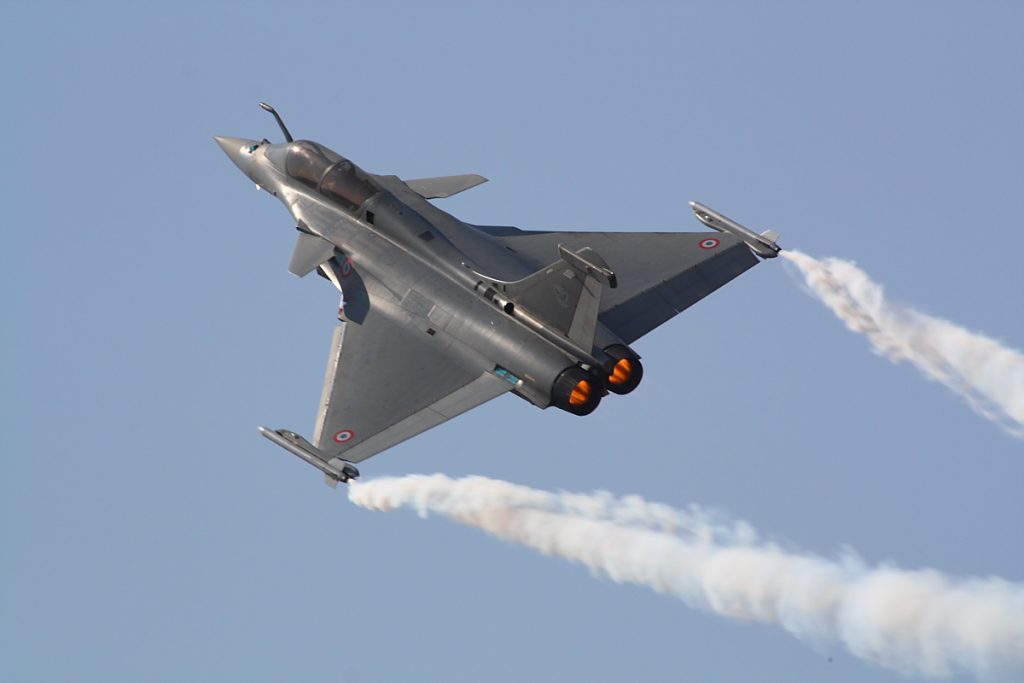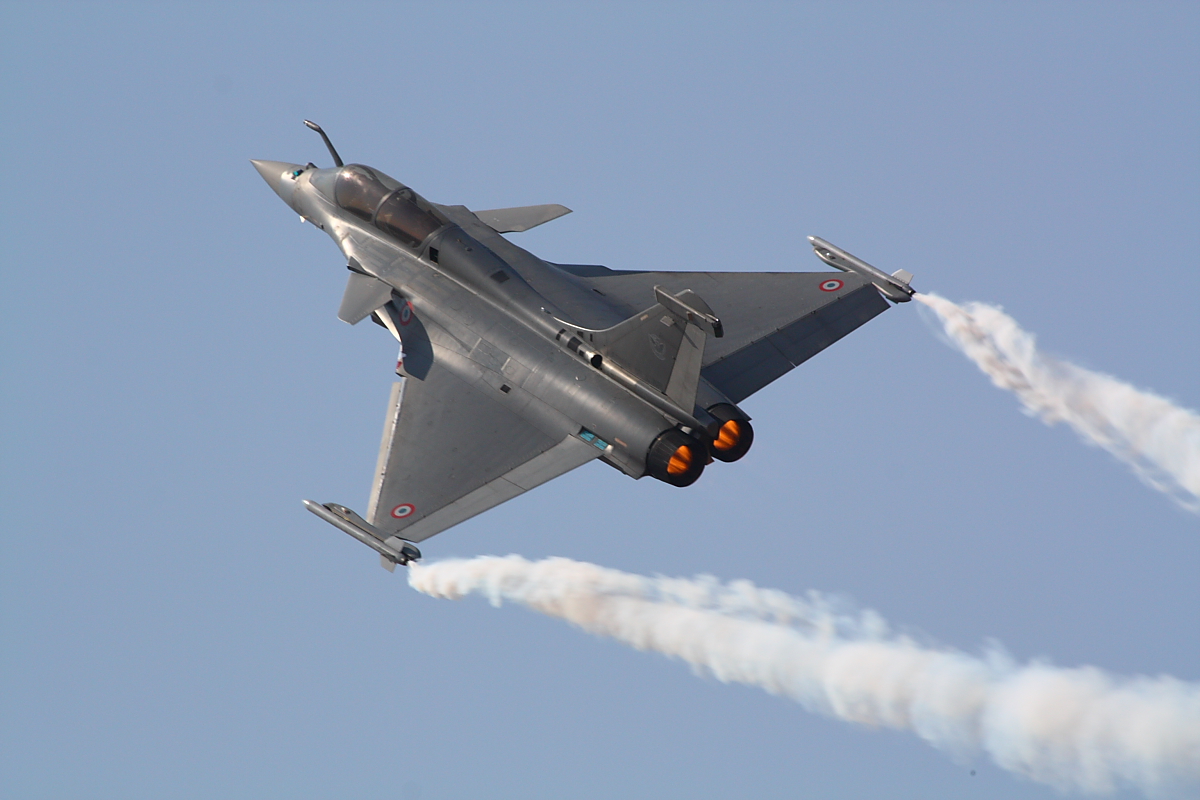
In a landmark decision, Peru has chosen to purchase 24 Saab JAS 39 Gripen E multirole fighter jets, signaling a dramatic transformation in its air defense strategy and a major setback for rival bids from U.S. and French aerospace firms. Valued at $3.5 billion, the deal outpaced offers for the F-16 Block 70 from Lockheed Martin and the Rafale F4 from Dassault Aviation, and aims to replace the Peruvian Air Force’s outdated Soviet-era MiG-29s and French Mirage 2000s.
Speaking during the 40th anniversary celebration of the Mirage 2000’s service, President Dina Boluarte called the Gripen acquisition essential for both national security and technological development. Years of assessments culminated in this selection, with a finalized agreement anticipated during Swedish Defense Minister Pål Jonson’s July 10 visit to Lima.
The decision reflects Saab’s growing traction in Latin America, raising concerns in Washington over diminishing U.S. influence in regional arms markets. Initially reported by Peru21, the deal highlights the growing appeal of cost-effective, technologically advanced platforms like the Gripen E in global competitions.
Currently, the Peruvian Air Force (Fuerza Aérea del Perú – FAP) operates aging fleets: 11 Mirage 2000P interceptors, eight MiG-29s, eight Su-25 ground attackers, and 20 A-37 Dragonfly light aircraft—many dating back over 40 years. These aircraft face significant limitations in availability and capability, prompting Peru to seek a new multirole solution suited to high-altitude and rugged terrain.
Chosen through a competitive evaluation beginning in 2024, the Gripen E stood out for its combination of modern avionics, affordability, and operational flexibility. Defense Minister Walter Enrique Astudillo Chávez confirmed it as the top selection.
A 4.5-generation fighter, the Gripen E is powered by a General Electric F414G engine, reaching speeds of Mach 2.0 and a combat radius of approximately 800 miles. Its delta-canard design and fly-by-wire controls deliver exceptional agility, especially useful in Peru’s mountainous regions.
The jet is outfitted with the Raven ES-05 AESA radar by Leonardo, capable of tracking multiple targets over 100 miles. Its weapons package includes the Meteor beyond-visual-range missile, IRIS-T, and AIM-9X Sidewinder for close-range engagements. Ground-strike options include the AGM-65 Maverick, GBU precision bombs, and the Taurus KEPD 350 cruise missile, all complemented by an integrated 27mm Mauser cannon and an advanced electronic warfare system.
Saab also emphasizes the aircraft’s modular systems, which allow for fast upgrades without major overhauls—a crucial advantage for countries managing limited defense budgets. Its ability to operate from short runways (500–600 meters) makes it ideal for remote, high-altitude airstrips common across Peru.
At SITDEF 2025, Saab showcased a full-scale Gripen E mock-up in Brazilian livery and pitched other systems like the RBS 70NG and Giraffe 1X radar, indicating a broader strategic partnership beyond just fighter jets.
The Gripen’s relatively low unit cost ($70–120 million) and operating expenses ($4,700 per flight hour) made it more attractive than the Rafale ($240 million per unit) and even the F-16 Block 70 ($75–100 million). Saab also promised delivery of two aircraft by July 2026 to coincide with the Air Force’s anniversary—well ahead of its rivals’ 60-month timelines.
Despite strong competition, both the F-16 and Rafale faced obstacles. The F-16 Block 70, while combat-proven and equipped with the APG-83 SABR AESA radar, faces higher operational costs (about $8,000/hour) and complex U.S. export rules under ITAR. The Dassault Rafale, known for its multirole capabilities and long-range weapons like the SCALP and ASMP-A, is powerful but prohibitively expensive and infrastructure-heavy for Peru’s current needs.
Interoperability with NATO systems is a key feature across all three jets, but Saab’s proposal included extensive technology transfer and local industry involvement—something Peru heavily prioritized. This mirrors Saab’s successful collaboration with Brazil, where Gripen jets are co-produced with Embraer.
Geopolitically, the deal underscores Peru’s strategic independence and diversification. Historically, Peru has sourced military hardware from both Soviet and Western suppliers to avoid over-reliance. The Mirage and MiG-29 acquisitions of the past were meant to counterbalance Chile’s F-16s—a logic that still holds.
Saab’s approach may have been more adaptable than the U.S. Foreign Military Sales model, which tends to be rigid. Reports that the U.S. previously blocked the export of Gripen engines to Colombia may have further swayed Peru’s decision to pursue alternatives less vulnerable to third-party interference.
Funding for the acquisition is structured through a two-phase loan from Banco de la Nación—$2 billion in 2025 for the first batch and $1.5 billion in 2026 for the remainder—approved under Peru’s 2025 Debt Law. Saab’s commitment to local industrial participation includes potential collaboration with SEMAN, which has experience assembling aircraft like the KT1-P.
This move significantly upgrades FAP’s capabilities. The existing fleet, especially the Mirage and MiG-29, suffers from low readiness rates. The Su-25, while effective for ground attack, lacks multirole adaptability, and the A-37 is outdated for modern defense requirements. In contrast, the Gripen E’s versatility supports both air superiority and strike missions, while its resilience in high-altitude environments is a decisive advantage.
Its survivability is enhanced through radar warning receivers, jammers, and secure data links for real-time coordination. Unlike the Mirage or MiG-29, the Gripen is built for 21st-century warfare, supporting network-centric operations with NATO-style weapon compatibility.
This purchase also places Peru in line with regional peers embracing the Gripen. Following Brazil’s 2014 order and Colombia’s pending deal for up to 24 units, Peru’s choice marks Saab’s third major success in Latin America. Saab’s recent win in Thailand further showcases its rising global profile among countries opting for capable yet cost-conscious fighter solutions.
The Gripen’s key value lies in offering many fifth-generation features—advanced sensors, electronic warfare, and data networking—without the F-35’s massive cost. Saab’s strategy targets developing nations that prioritize capability, affordability, and industrial growth. Its modular design supports future upgrades without major redesigns, a benefit not easily matched by platforms like the F-16 or Rafale.
Saab’s partnerships also boost local economies. In Brazil, over 350 engineers and technicians were trained, and similar cooperation is expected in Peru. This not only reduces maintenance costs but fosters domestic aerospace expertise.
Despite its reliance on a U.S.-built engine, the Gripen E’s success in Peru suggests Saab has addressed potential export restrictions, possibly through contingency agreements or new engine options like the Eurojet EJ200.
In sum, Peru’s selection of the Gripen E over U.S. and French competitors may signal a shift in Latin America’s defense procurement priorities—favoring affordability, speed, and local involvement over legacy partnerships and high-cost platforms. It marks a growing challenge to U.S. influence in the region, with Saab emerging as a credible and competitive player in the global fighter market.





